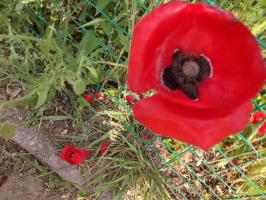Sowing and propagation of Catalpa
The first important thing for sowing and reproduction is to collect seeds. The seeds should be collected on the old catalpa trees with a tree age of more than 20 years, and then dried and stored. Then soak the seeds. Before sowing, soak them in warm water at about 30 ℃ for 4 hours, and then dry them. Then mix the seeds with wet sand and wait for germination. In the meantime, water should be sprinkled and turned regularly to make the internal and external humidity uniform. Seeds can be sown after opening

Grafting propagation of Catalpa
The grafting of Catalpa can be carried out in winter or spring, and the budding can be selected in spring or late autumn. In winter, it can be stored in wet sand after indoor grafting, and then planted in early spring. It is better to carry out grafting before and after Qingming, and the survival rate of soil sealing while grafting is high. In addition, the splitting method can be carried out, that is, prepare the required scions and rootstocks, align their cambium, bind them with hemp rope and plastic rope, and seal them with wet soil. Sprout in about 10 days

Root embedding propagation of Catalpa
The root embedding propagation of Catalpa can be selected in late March. Select 1-2 cm root strips on catalpa trees with good growth, with a length of 12-20 cm. The incision should be smooth, and bury them obliquely into the soil. When burying the roots, press the surrounding soil to make it compact, and then pour water

Propagation of Catalpa by flat burying method
As the name suggests, flat burying is to put the root strips flat into the soil to make the soil compact. It can sprout about 20 days after burying, and then remove tillers. Only one branch with good growth can be reserved on each< span>

 how many times do yo...
how many times do yo... how many planted tre...
how many planted tre... how many pine trees ...
how many pine trees ... how many pecan trees...
how many pecan trees... how many plants comp...
how many plants comp... how many plants can ...
how many plants can ... how many plants and ...
how many plants and ... how many pepper plan...
how many pepper plan...































